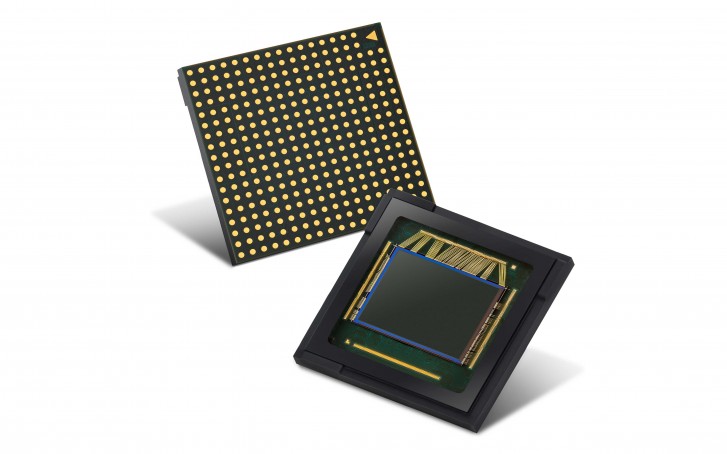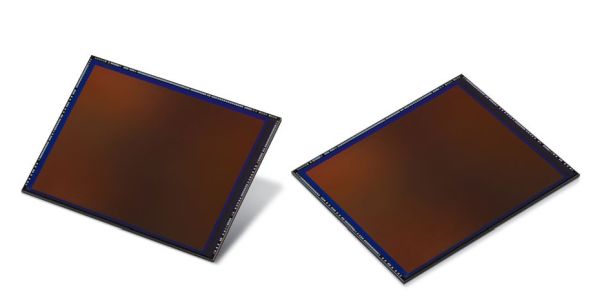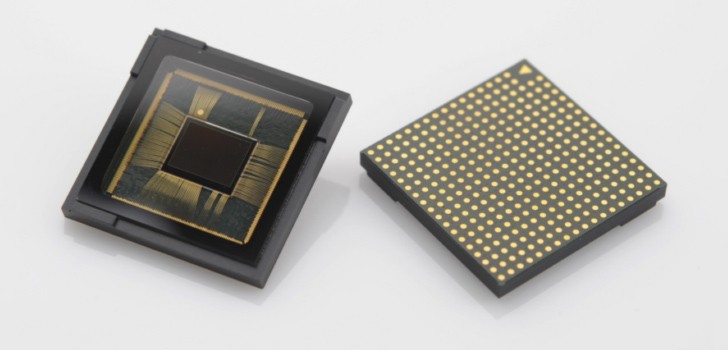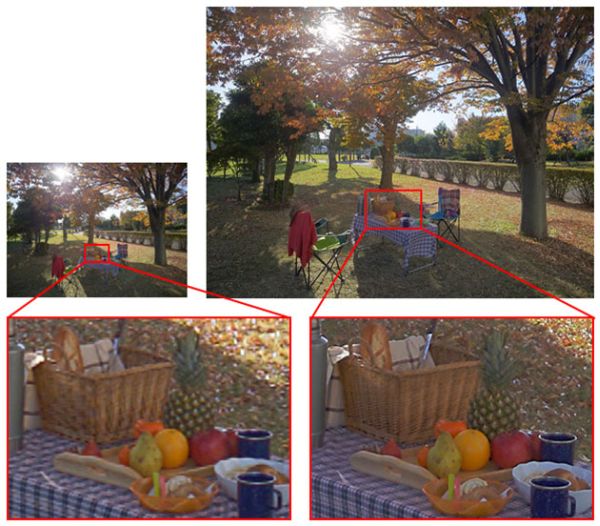Samsung's new 50-megapixel camera sensor packs in faster autofocus
 Wednesday, May 20, 2020 at 9:21AM
Wednesday, May 20, 2020 at 9:21AM 
Samsung has a new 50-megapixel camera sensor, and its primary focus is, well, its autofocus—and high resolution, of course. The Samsung ISOCELL GN1, which has entered mass production this month, is its first camera sensor that includes both dual-pixel autofocus and Tetracell pixel-binning. This means that smartphones that come with this sensor should offer fast performance and decent low-light image quality.
With a pixel size of 1.2μm, you get a sensor that's more typical to phone camera sensors that then high-resolution sensors we've seen lately. By default, the ISOCELL GN1 can take 12.5-megapixel photos with four pixels binned into one. And with dual-pixel phase-detection autofocus, we're expecting to see improved autofocus performance with this sensor. Samsung also equipped this chip with Smart-ISO, real-time HDR, and electronic image stabilization. If it delivers on these points, the Samsung ISOCELL GN1 gives users better smartphone camera options.























